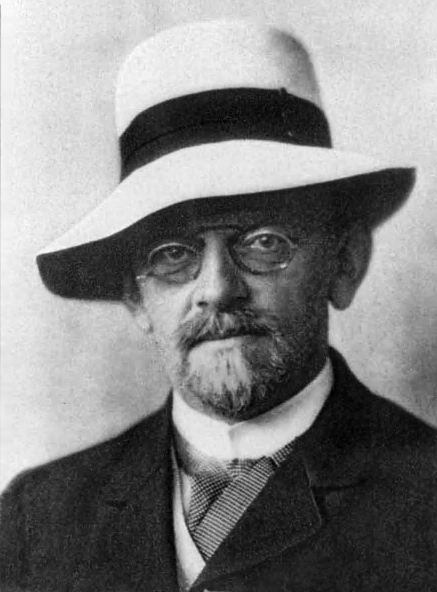In the annals of music history, few artists have captured the imagination and spirit of their era as profoundly as David Bowie. Known for his chameleonic style and groundbreaking creativity, Bowie’s career was marked by a series of personas that transcended mere artistic expression. Among these, his astronaut persona stands out as one of the most enigmatic and influential. This article delves into the cosmic legacy of David Bowie, exploring how his astronaut persona became a symbol of exploration, transformation, and human connection.
The Birth of an Astronaut

David Bowie’s fascination with space began long before the moon landing. His 1969 hit “Space Oddity” was released just days before the Apollo 11 mission, capturing the awe and isolation of space travel. The song tells the story of Major Tom, an astronaut who experiences a mechanical malfunction and is left adrift in space. This narrative not only reflected the technological achievements of the time but also resonated with the feelings of isolation and existential reflection that many people experienced during the space race.
Bowie’s use of the astronaut theme was not just a nod to the era’s scientific advancements; it was a way to explore deeper themes of identity, alienation, and the human condition. The song’s bittersweet melody and lyrics emphasized the importance of personal connections, reminding listeners of the fleeting nature of life.
Ziggy Stardust: The Alien Rock Star

In the early 1970s, Bowie introduced another iconic persona: Ziggy Stardust, an androgynous alien rock star. This character, featured on the 1972 album “The Rise and Fall of Ziggy Stardust and the Spiders from Mars,” was a direct response to the cultural and social upheavals of the time. Ziggy Stardust represented a form of liberation, challenging traditional norms and offering a space for marginalized identities to express themselves.
The album’s success was unprecedented, reaching number five on the UK Albums Chart and selling millions worldwide. Ziggy Stardust’s influence extended beyond music, inspiring fashion, art, and even film. The character’s short-lived existence mirrored the transient nature of fame and the struggles of self-discovery, making him a symbol of both hope and despair.
Major Tom: A Reflection of Inner Struggles
While Ziggy Stardust was a vibrant and rebellious figure, Major Tom represented a more introspective side of Bowie. In “Ashes to Ashes” (1980), Major Tom was portrayed as a shadowy figure, reflecting Bowie’s own struggles with addiction and the darker aspects of fame. This evolution of the astronaut persona highlighted the complexity of human emotions and the search for meaning in a chaotic world.
Major Tom’s journey through space became a metaphor for Bowie’s personal transformations, illustrating the challenges of maintaining authenticity in a world driven by external validation. His story resonated with many, offering a sense of solidarity to those who felt lost or disconnected.
The Berlin Trilogy: A Journey Through Alien Landscapes

Between 1976 and 1979, Bowie embarked on a creative period known as the Berlin Trilogy, consisting of the albums “Low,” “Heroes,” and “Lodger.” These works marked a shift in his narrative, moving from cosmic fantasy to emotional minimalism. Despite this change, Bowie continued to infuse his music with heavenly themes, creating soundscapes that felt as alien as any of his personas.
The Berlin Trilogy reflected Bowie’s internal struggles with identity, addiction, and reinvention. The city’s atmosphere of division and isolation influenced his music, resulting in tracks like “Warszawa” and “Neukölln,” which projected a post-human and futuristic landscape. This period solidified Bowie’s reputation as a pioneer of electronic and ambient music, influencing genres from industrial to synth-pop.
Blackstar: A Final Journey Into the Cosmos
Bowie’s final album, “Blackstar,” released on his 69th birthday, was both a culmination and a eulogy. It served as a farewell to his fans and a reflection on his mortality. The title track’s video features a bejeweled skull in a decaying astronaut suit, a haunting image that many believe symbolizes Bowie’s acceptance of his impending death.
The album’s cosmic themes were seen as allegories for his legacy and transformation, with lines like “Look up here, I’m in heaven” from the track “Lazarus” resonating deeply with fans. Bowie’s ability to weave personal and universal themes into his music made “Blackstar” a fitting end to a career defined by innovation and exploration.
The Cosmic Legacy of David Bowie
Bowie’s career-long obsession with space and science fiction is a key defining feature of his legacy. From “Space Oddity” in 1969 to “Blackstar” in 2016, his ongoing use of cosmic themes provided a framework through which he reinvented himself while offering profound commentary on the human experience.
Bowie became an inspiration to countless musicians, filmmakers, and writers who saw a space for bold experimentation in his cosmos and dystopian futures. He remains the only musician ever inducted into the Science Fiction and Fantasy Hall of Fame—a fitting honor for someone who made alienation universal and the universe intimately personal.
In conclusion, David Bowie’s astronaut persona was more than just a stage name; it was a powerful symbol of exploration, transformation, and human connection. Through his music, he invited listeners to imagine a world beyond the stars, where the boundaries of identity and reality blurred. As we reflect on his legacy, we are reminded of the enduring impact of an artist who lived among the stars.











More Stories
US Trending News: The History and Legacy of Zoo York in Streetwear Culture
US Trending News: Exploring Zach Top Greensboro
US Trending News: Youngboy Concert in Birmingham: What to Know Before You Go